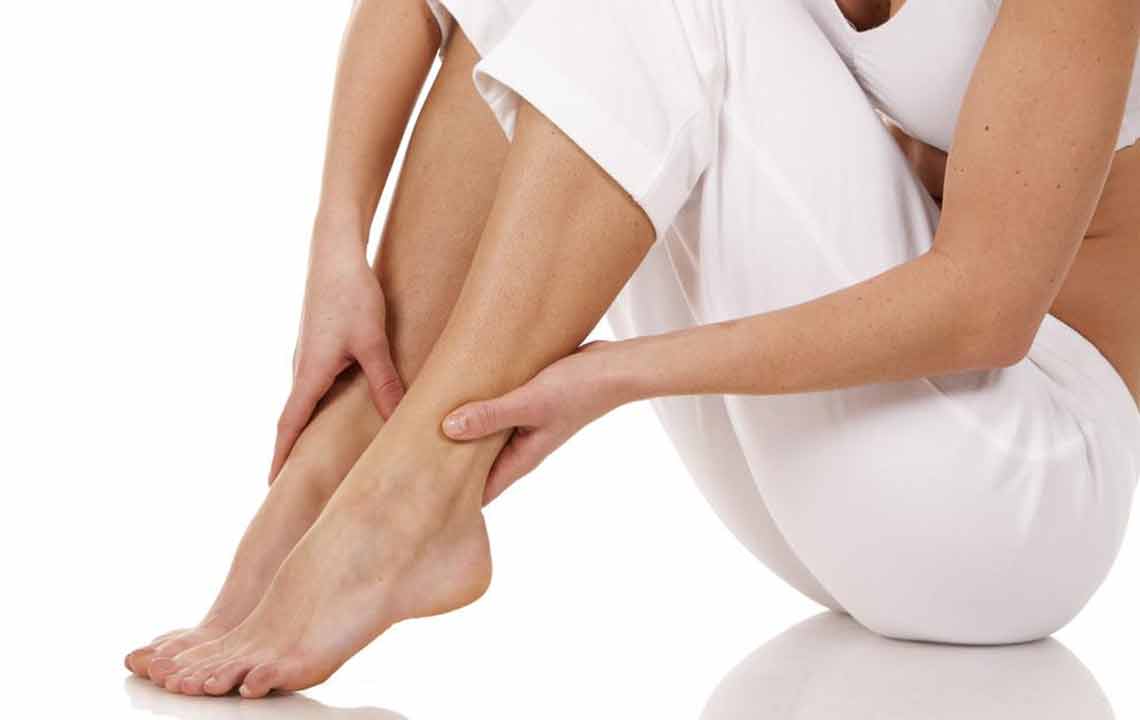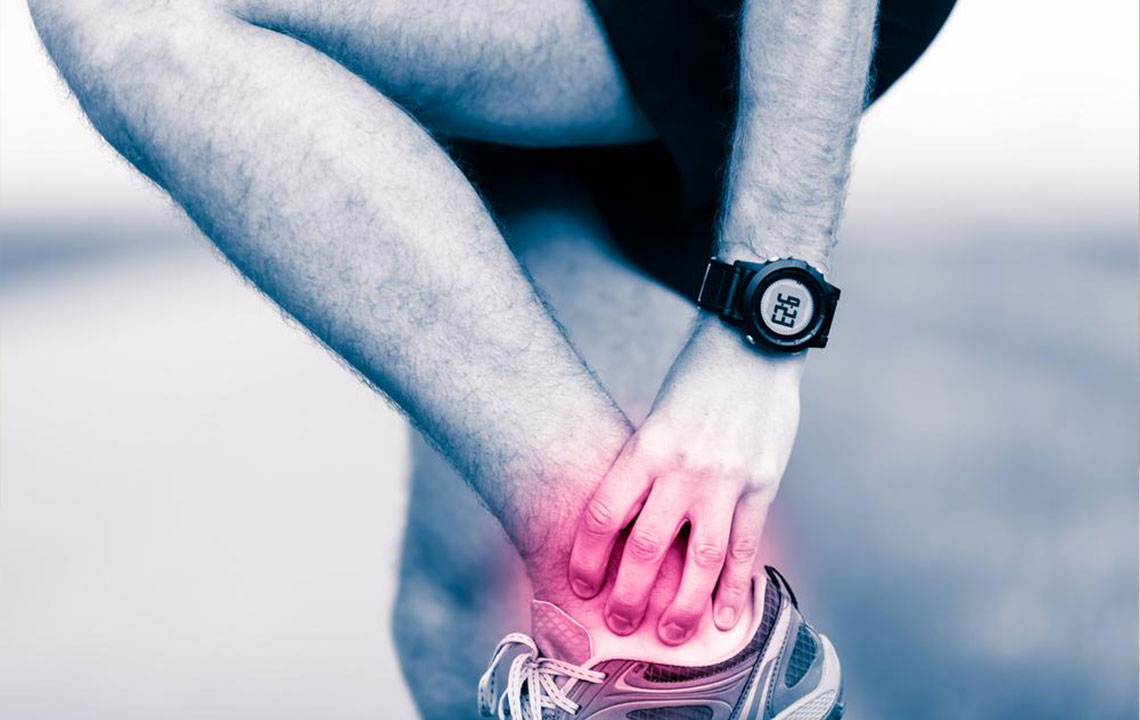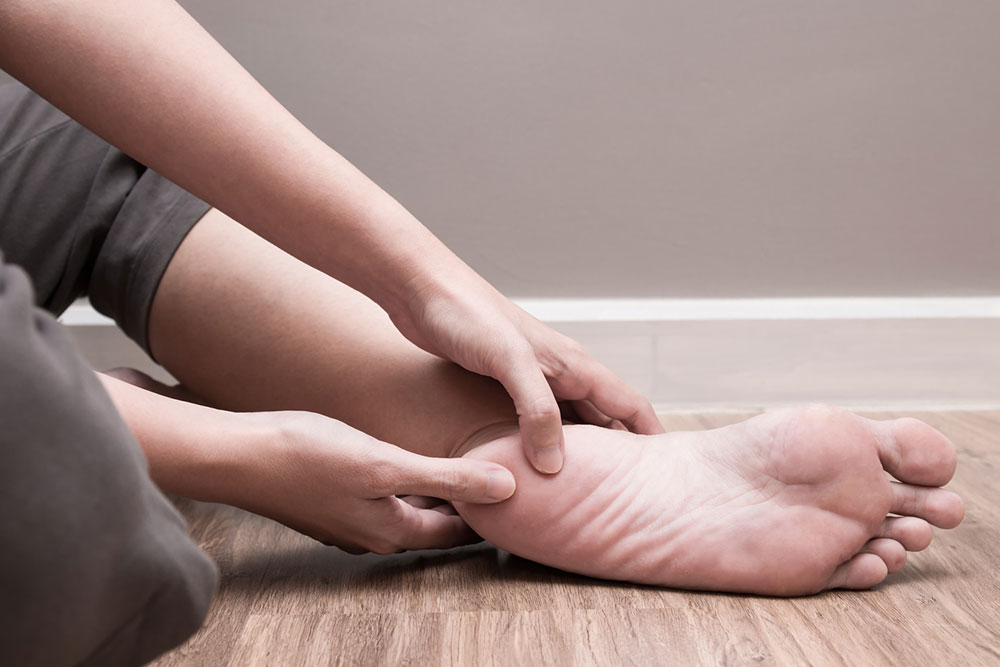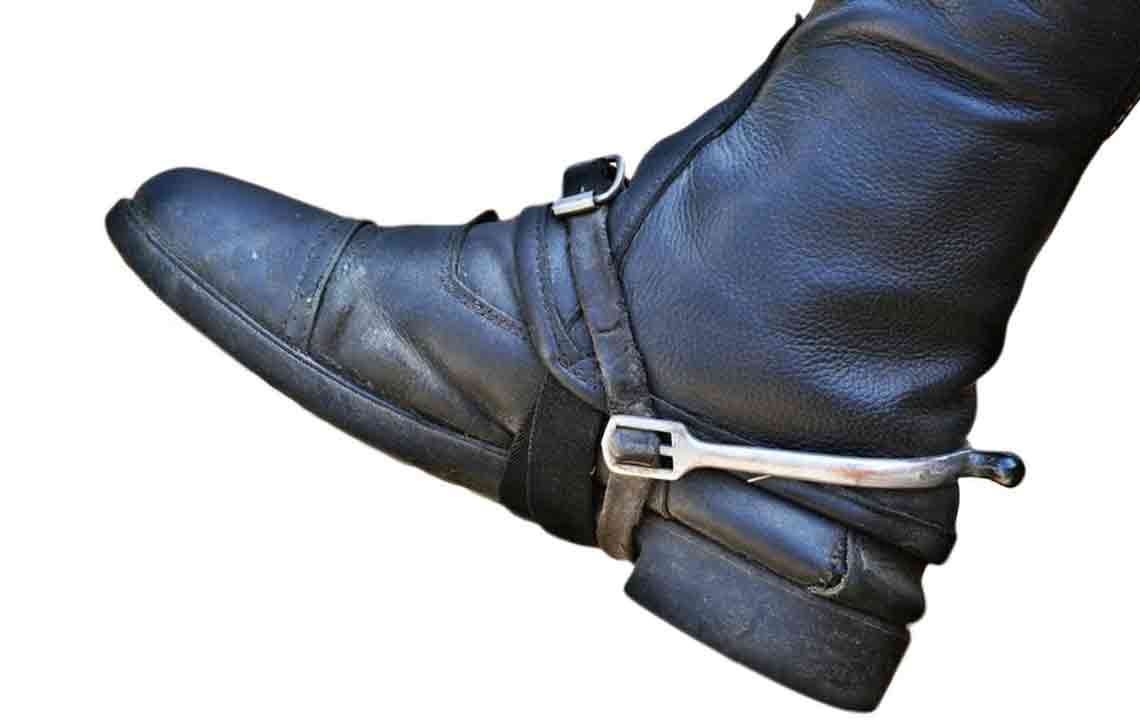Comprehensive Guide to Relieving Foot Pain and Discomfort
Foot discomfort affects many and can result from poor footwear, overuse, or medical conditions. Recognizing symptoms early and adopting proper treatments like supportive shoes, cold therapy, and medical consultations can significantly improve foot health. Maintaining healthy feet is essential for mobility and overall well-being. This comprehensive guide explores causes, symptoms, and effective solutions to alleviate foot pain, ensuring you stay active and pain-free in daily life.
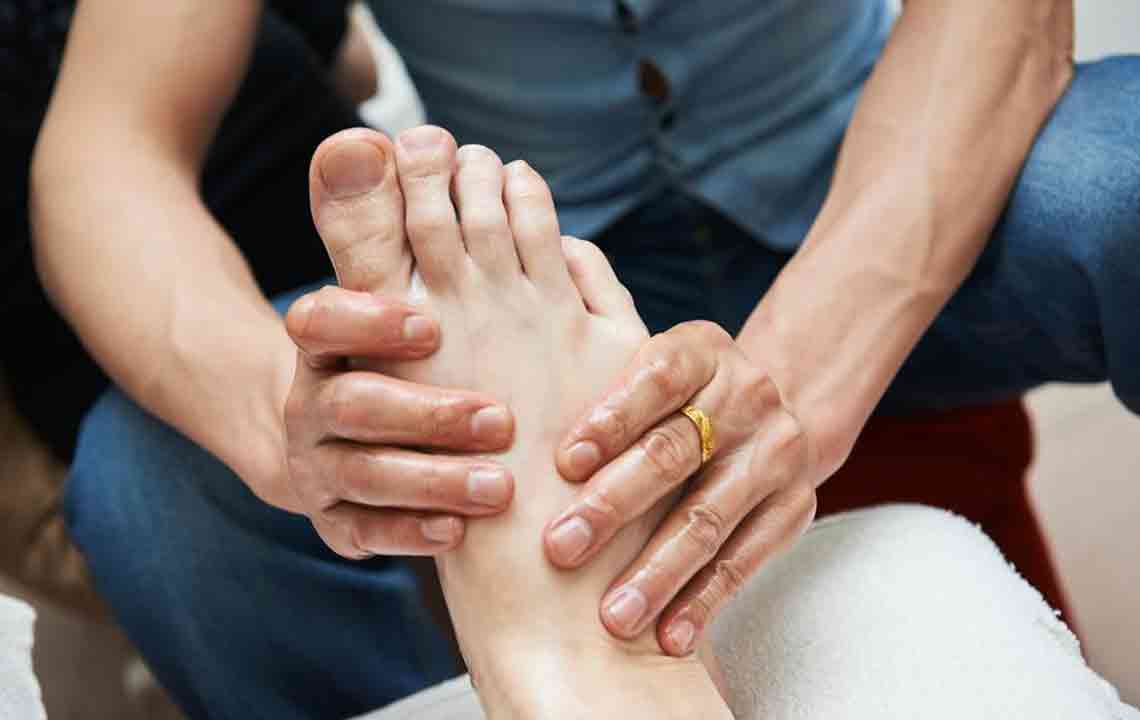
Comprehensive Guide to Relieving Foot Pain and Discomfort
Foot discomfort is an increasingly common concern impacting a vast number of individuals across the globe, especially in countries like the United States. Statistics show that nearly three-quarters of Americans will experience some form of foot pain, particularly on the top of the foot, at least once in their lifetime. This widespread issue can stem from various causes including lifestyle choices, footwear habits, underlying health conditions, and physical exertion. Proper understanding of foot anatomy and early intervention are key to managing and alleviating discomfort effectively. Our feet are complex structures composed of 26 bones, countless joints, muscles, tendons, and ligaments, all working together to facilitate movement and provide stability.
The critical role of feet extends beyond simple mobility; they serve as the foundation for the entire body. Supporting your weight and acting as levers during walking, running, and standing, the feet bear over 50% of your body weight daily. This constant stress underscores how crucial maintaining foot health is for overall well-being. Persistent pain or discomfort can significantly impact your mood, reduce activity levels, and even impair quality of life. Understanding the importance of your foot health and addressing issues early can make all the difference in maintaining an active, pain-free lifestyle.
Whether the pain is mild or severe, ignoring it can lead to more serious, chronic conditions. Recognizing early symptoms can help guide timely treatment, preventing temporary discomfort from turning into long-term health issues.
Symptoms Indicating Foot Discomfort
Persistent swelling, redness, or deformity on the top of the foot
Pain or tenderness in the forefoot area that worsens with activity
Warmth and inflammation around the affected region
Feelings of nerve irritation or tingling sensations
Increased pain when walking, which may improve with rest
According to the underlying issue, symptoms may vary, but noticing these signs early is essential for effective treatment.
Frequent Causes of Top Foot Pain
Improperly fitted footwear, especially shoes with narrow or high heels worn for prolonged periods
Intense physical activities like running, jumping, or high-impact sports
Medical conditions such as arthritis, gout, plantar fasciitis, or tendonitis
Nerve compression syndromes like morton's neuroma
Side effects from certain medications, such as corticosteroids
Injuries such as sprains, fractures, or the formation of bone spurs
Hormonal or metabolic changes associated with pregnancy or menopause
When Is It Necessary to See a Doctor?
If you experience persistent, worsening, or severe foot pain, seeking medical advice promptly is critical. Early diagnosis can help prevent complications and facilitate effective treatment. A healthcare professional will review your medical history, perform physical examinations, and may recommend diagnostic tests like X-rays or MRIs to identify the root cause. Addressing foot issues early helps maintain mobility and prevents chronic problems that could hinder daily activities.
Effective Strategies and Treatments for Foot Discomfort
Choosing Supportive Footwear
Opt for shoes that offer adequate arch support, cushioning, and a proper fit. Orthotic inserts can provide additional support and alleviate pressure on the top of the foot.
Wearing Appropriate Home Shoes
When indoors, choose slippers or sandals with built-in arch and heel support. Avoid walking barefoot on hard surfaces to prevent overstraining your feet.
Applying Ice and Cold Therapy
Using ice packs after long periods of activity can reduce inflammation and swelling, providing relief from pain.
Using Pain Relief Topicals
Topical creams, balms, or gels with cooling or anti-inflammatory properties can offer temporary relief and soothe irritated tissues.
Additionally, implementing a holistic approach that includes proper stretching, strengthening exercises, and maintaining a healthy weight can significantly improve foot health. If conservative measures are ineffective, your healthcare provider may recommend physical therapy, injections, or, in some cases, surgical intervention. Prioritizing your foot health helps preserve mobility, reduces discomfort, and enhances overall quality of life.
